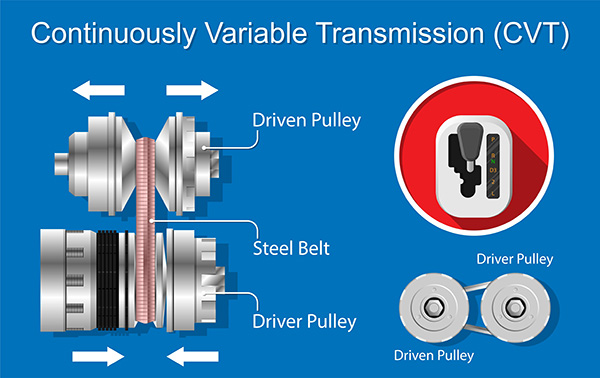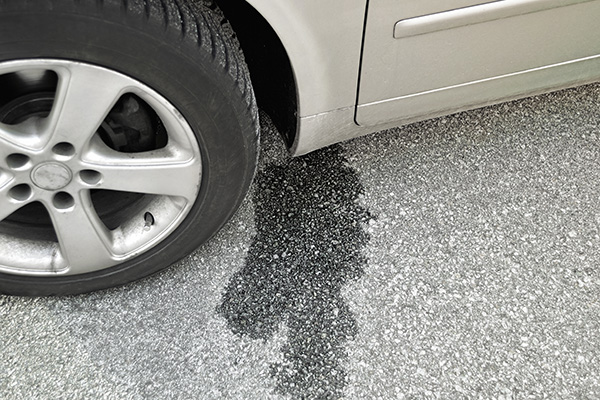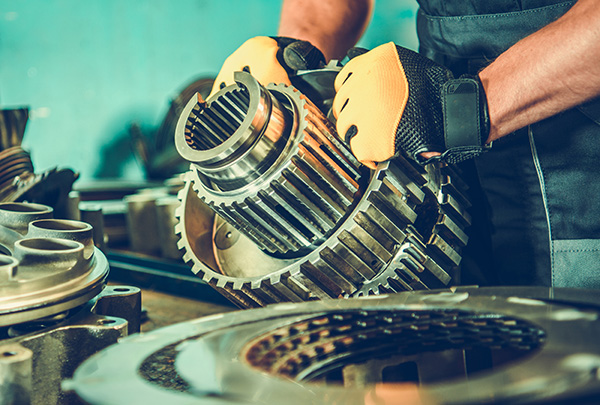Posted on 8/29/2025

Your transmission is one of the most important and expensive components in your vehicle. It’s responsible for transferring power from the engine to the wheels, allowing your car to shift gears and respond smoothly to acceleration. But even the best transmission won’t last forever, especially if it’s neglected. With proper care, transmissions will go well beyond 100,000 miles. However, certain habits and oversights can lead to early failure. Let’s explore six key factors that can damage your transmission and what you can do to avoid them. 1. Ignoring Transmission Fluid Health Transmission fluid is essential for lubricating gears, cooling components, and maintaining smooth operation. Over time, it breaks down due to heat and friction. If it becomes too dirty or low, your transmission won’t be protected, and wear will accelerate. Signs of poor fluid health include slipping gears, delayed shifts, or a burnt smell. If your fluid looks dark ... read more
Posted on 7/25/2025

A burning smell coming from your car is never a good sign, especially when it happens as your vehicle changes gears. This alarming odor can indicate serious issues that, if left unchecked, may lead to costly repairs or even total transmission failure. Understanding the possible causes and knowing what to do next can help keep your car running smoothly and prevent unexpected breakdowns. Why Your Car's Transmission Is So Important Your car’s transmission is responsible for transferring power from the engine to the wheels. It allows your vehicle to change gears smoothly and maintain the right speed and power balance. A well-functioning transmission keeps your car driving comfortably and efficiently, while a failing one can lead to jerky movements, poor acceleration, and eventually leave you stranded. What Causes a Burning Smell If you notice a burning smell when your car shifts gears, it often points to overheating transmission fluid. Transm ... read more
Posted on 6/27/2025

CVT, or continuously variable transmission, has become increasingly common in modern vehicles. Automakers often promote it as a smoother, more fuel-efficient alternative to traditional automatic transmissions. But while a CVT offers some clear benefits, it also comes with a few compromises that drivers should understand before deciding if it's the right fit. Here’s a look at how CVTs work, what sets them apart from standard automatics, and the pros and cons of owning a vehicle equipped with one. What Is a CVT Transmission Unlike a traditional automatic that shifts between a set number of gears, a CVT uses a system of pulleys and a steel belt to provide a seamless range of gear ratios. This design enables the engine to operate within its optimal power range more consistently, resulting in improved efficiency and a smoother driving experience. Since there are no hard gear shifts, the driving feel is different, especially during acceleration. It might take s ... read more
Posted on 5/30/2025

A small stain under your car might not seem like a big deal—until it turns out to be transmission fluid. Transmission oil leaks are one of those problems that can start out quietly but quickly turn into something much more serious if left unchecked. Knowing what to look for and when to take action can help you avoid costly repairs and protect one of your vehicle’s most complex systems. If you’ve spotted fluid in the driveway or noticed shifting issues, here’s how to tell if your transmission leak needs immediate attention. What Does Transmission Fluid Look Like Transmission fluid is usually red or pink when it’s fresh. Over time, it darkens and can appear reddish-brown. If you spot a puddle or drip that matches this description—especially near the center or rear of your vehicle—it’s a sign to take a clo ... read more
Posted on 4/25/2025

Upgrading your transmission or changing gear ratios isn’t just for racers or off-roaders—it can completely transform the way your vehicle drives. Whether you're trying to boost power, improve acceleration, or even save fuel, modifying your transmission or axle gearing can shift the balance between speed, torque, and efficiency. But like most upgrades, it’s all about trade-offs. A performance gain in one area might lead to a dip in another. So, how do transmission upgrades and regearing really affect your fuel economy and power output—and how do you know if it’s right for your vehicle? What Transmission Upgrades Can Do Upgrading your transmission can involve a few different things—replacing internal components for durability, swapping gearsets, or even installing a completely new transmission with different rati ... read more